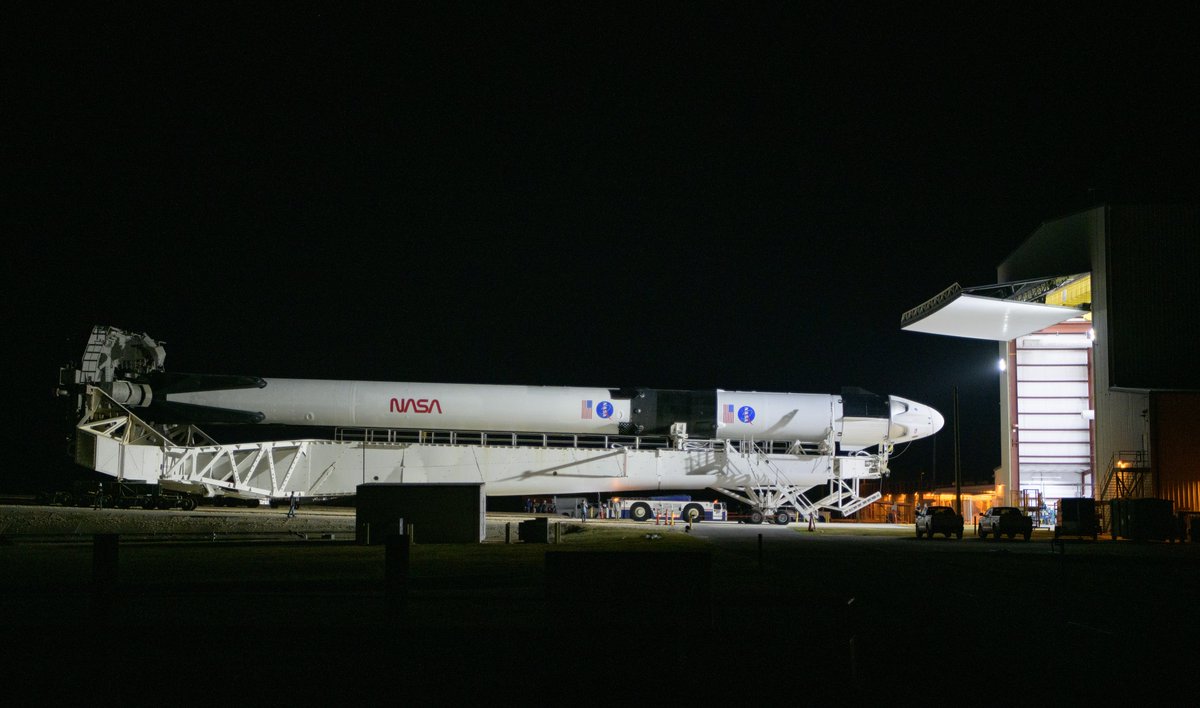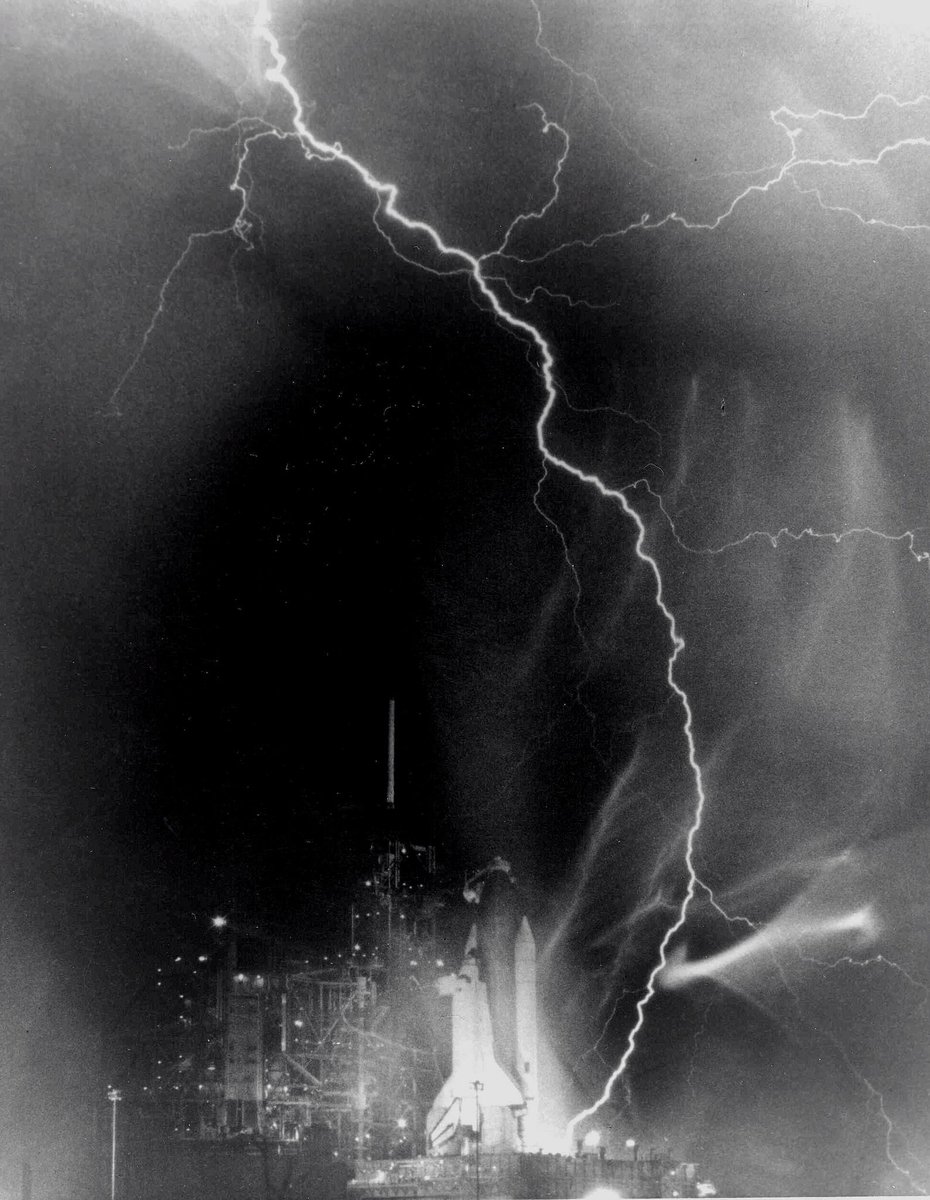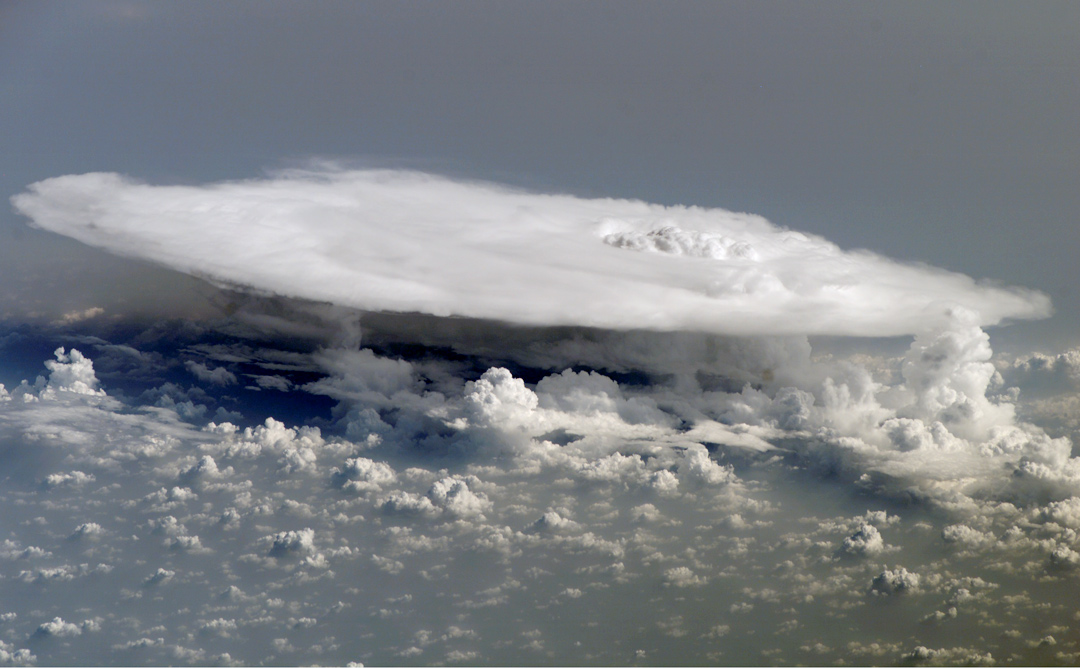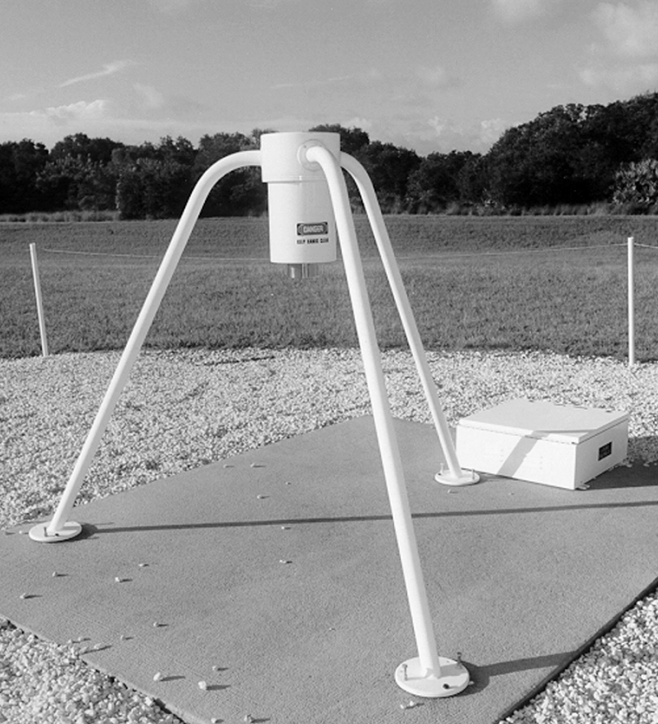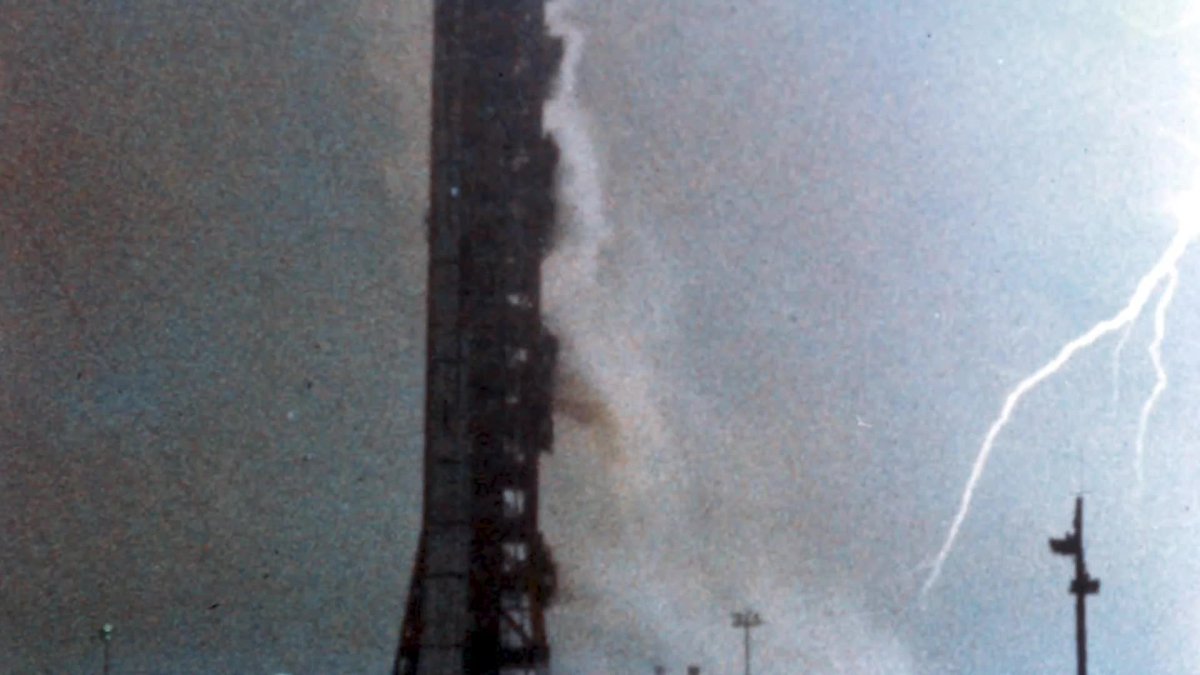Today& #39;s #LaunchAmerica DM-2 flight for @NASA and @SpaceX was scrubbed due to three weather violations:
-Lightning rule
-Anvil cloud rule
-Field mill rule
So...what are these three violations? How can weather prevent something as advanced as a rocket from flying?
-Lightning rule
-Anvil cloud rule
-Field mill rule
So...what are these three violations? How can weather prevent something as advanced as a rocket from flying?
The lightning rule is fairly straightforward. You don& #39;t want your rocket lifting off when lightning is nearby. Rockets and spacecraft contain sensitive electronics, and propellant, well...you get the idea. It& #39;s a bad idea, don& #39;t launch with lightning around.
The anvil cloud rule also deals with lightning, as especially potent thunderstorms generate anvil head clouds. They also can have powerful winds that could jeopardize a rocket& #39;s ability to control itself, and ice crystals that could damage surfaces and systems.
The field mill rule requires some explanation: @NASA has sensors around @NASAKennedy that measure electrical fields in the atmosphere. Rocket exhaust is a weak plasma, basically a highly-charged gas, so if you get the right charge combo, your rocket can make its own lightning.
Rockets have been hit in flight by lightning before! Apollo 12& #39;s Saturn V was struck twice on launch in 1969. Ascending in the middle of a rainstorm, the ionized exhaust plume allowed a discharge to zap through the rocket and down to the pad, almost ending the mission.
Just last year a Russian Soyuz rocket was struck by lightning in flight, although it didn& #39;t seem to notice. https://youtu.be/-jQVsI7erv8 ">https://youtu.be/-jQVsI7er...

 Read on Twitter
Read on Twitter